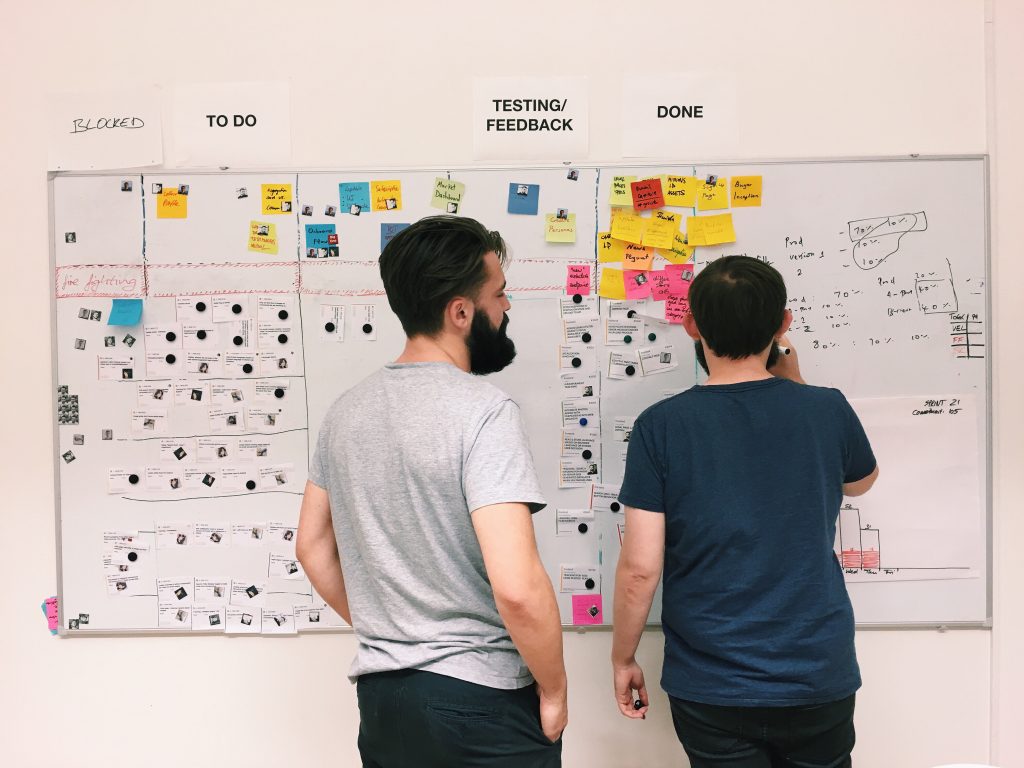Technology markets are often characterised by cycles that are of great importance for investment decisions as well as for product decisions, whether they are commercial launches or mature decisions.
The high-tech B2B/B2GC markets may be affected at the same time:
- By cycles of different nature
- By “unforeseen events”
Cycles and events will often require changes to both product strategies and decisions during the product life cycle management phases.
Different types of cycles
The cycles are essentially of three types:
- Economic cycles, which mean that an activity or markets will grow for a period of up to a few years, then decline and so on. Some activities are even almost structurally cyclical, such as air transport or construction.
- Technological cycles, where one technology will replace another, either gradually or suddenly. To illustrate, these effects are similar to those that led to the substitution of physical media by digital music or plasma screens by OLED screens in the general public. In technology, however, these substitutions are much more numerous and sometimes much faster
- Adoption cycles, which mean that the adoption of a new technology or product will either be rapid or slow, either “linear” or along a more erratic curve with phases of rapid growth and other phases of levelling off or decline, before the new technology or product is adopted by the market and finds its cruising speed.
Unforeseen events
Unforeseen events” can be of various kinds and are sometimes sudden and brutal. They will impact countries or economic zones, particularly affecting companies or international groups and sometimes forcing them to reorient themselves rapidly according to their consequences: political and social unrest, sudden changes in legislation or regulations, variations in exchange rates, natural disasters, etc. COVID 19 and the war in Ukraine have unfortunately given us an example of the devastating effects that these unforeseen events can have.
Unforeseen events do not only affect B2B/B2G high-tech companies of course, but their relationships with governments, financial stakes, technological or commercial partnerships, ongoing long-term contracts or local industrial locations can make reorientations particularly difficult or demanding.
Core capabilities
The presence of both cycles and unforeseen events in the technology business will require two fundamental capabilities from high-tech B2B/B2G companies:
- A capacity for anticipation to be able to anticipate cycles and their consequences. This will be the subject of hypotheses and possible scenarios. This will not always be easy and will often require making bets on economic or technological futures or on the adoption of a technology or product by the markets.
- A reaction and reorientation capacity, which should be prepared within the framework of the scenarios, allowing for an adapted reaction as quickly as possible in all the dimensions necessary for a scenario or a type of event. In all cases, this capacity will test the company’s decision-making, internal coordination and agility in the face of the unexpected.


